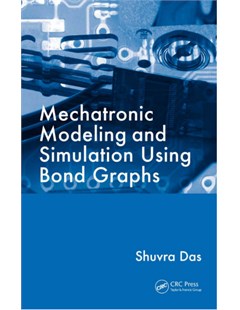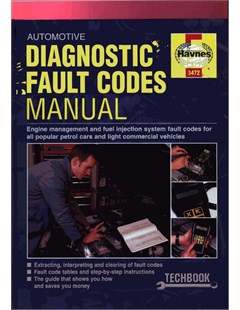Mixture Formation in Internal Combustion Engines
This book covers the various approaches to modelling and optimising the spray and mixture formation processes in modern internal combustion engines. Due to their complexity and importance in predicting the temporal and spatial distribution of liquid and gaseous fuel inside the cylinder, special emphasis is put on the detailed description of multi-dimensional CFD-models.
2006
This book covers the various approaches to modelling and optimising the spray and mixture formation processes in modern internal combustion engines. Due to their complexity and importance in predicting the temporal and spatial distribution of liquid and gaseous fuel inside the cylinder, special emphasis is put on the detailed description of multi-dimensional CFD-models. The book describes and discusses the most widely used mathematical models for in-cylinder spray and mixture formation processes. These processes are the most important sub-processes today affecting engine fuel consumption and pollutant emissions. The relevant thermodynamic and fluid dynamic processes are summarized, and then the application to the in-cylinder processes is described. Although the combustion and formation of emissions are not part of this book, the effects of the different mixture formation concepts on the combustion process are always included.
After the introduction (chapter 1), the fundamentals of mixture formation like injection systems and nozzle types, break-up regimes of liquid jets and droplets, semi-empirical relations and basic experimental investigations are summarized in chapter 2. Hence, this chapter provides the reader with the basic knowledge in order to facilitate the comprehension of the following parts. In the third chapter the basic conservation equations which are necessary for the three-dimensional simulation of mixture formation are derived. This chapter includes the relevant equations for the description of the continuous phase (Eulerian description, conservation equations, turbulence modelling) and the dispersed phase (Lagrangian description, spray equation, Monte-Carlo-Method and stochastic-parcel-method).
The three-dimensional CFD modelling of primary and secondary spray break-up, evaporation, turbulent dispersion, collision, wall impingement and ignition is presented in detail in chapter four. Example calculations are compared with semi-empirical relations and corresponding experimental data - represented in diagrams as well as in images resulting from modern optical measurement techniques - in order to discuss the capabilities of today’s simulation models as well as their shortcomings.
Chapter five is about the influence of grid resolution on the numerical computations of jets. The Problem of defining an optimal grid size as well as approaches to reduce the grid dependency are discussed.
The last chapter deals with modern strategies for mixture formation and combustion processes. Today’s and future requirements concerning the development of injection systems capable of optimising the combustion process in terms of reduced fuel consumption and emissions are discussed. Mixture formation concepts like gasoline direct wall-guided, air-guided and spray-guided injection techniques, variable rate shaping, variable needle lift, modulation of injection pressure as well as the application of homogeneous charge compression ignition concepts are described and compared with experimental data.
 |  |  |
| Mixture Formation in Internal Combustion Engines | Mechatronic modeling and simulation using bond graphs | Automotive diagnostic fault codes techbook |

Thứ Hai, 13:42 05/07/2021
Copyright © 2018 Hanoi University of Industry.